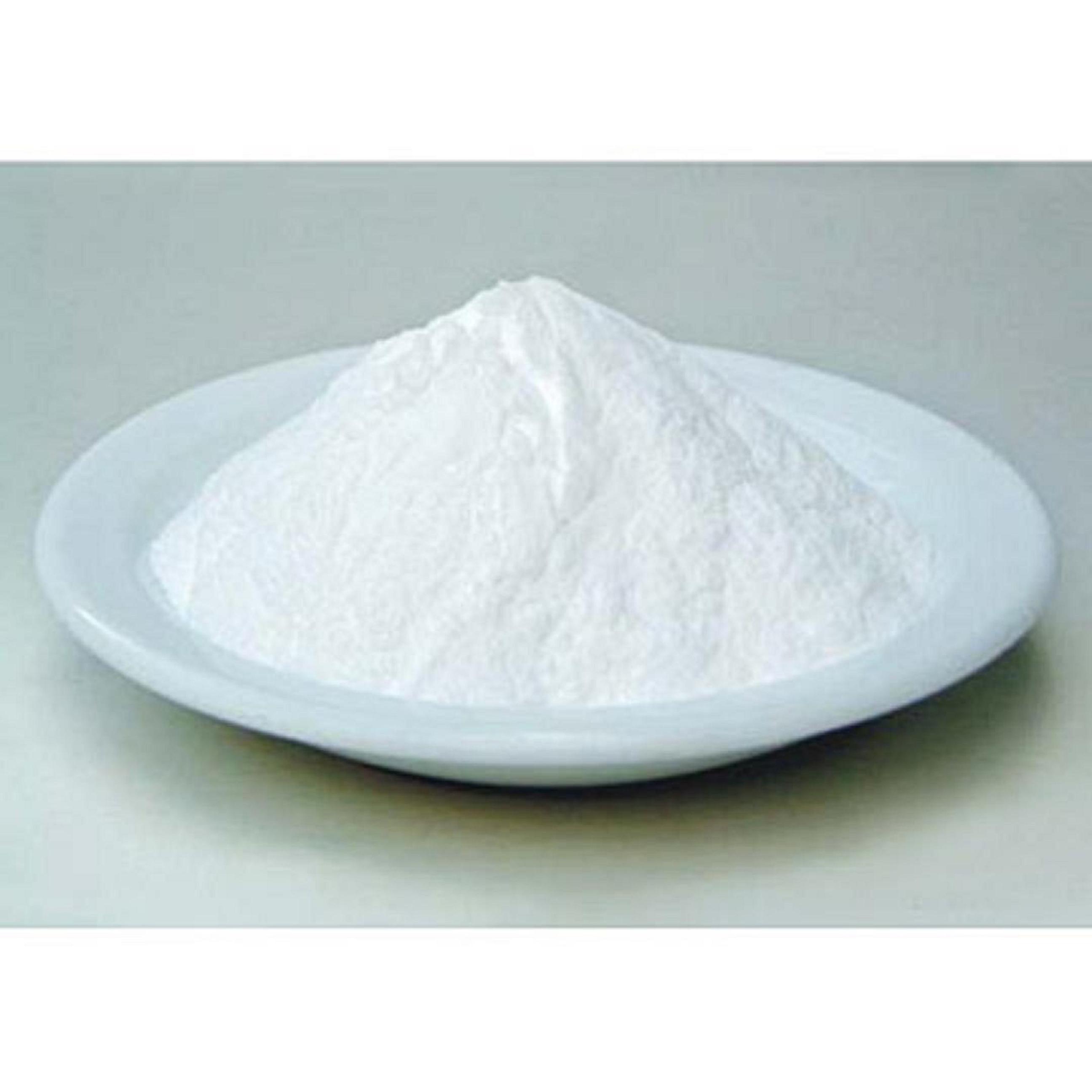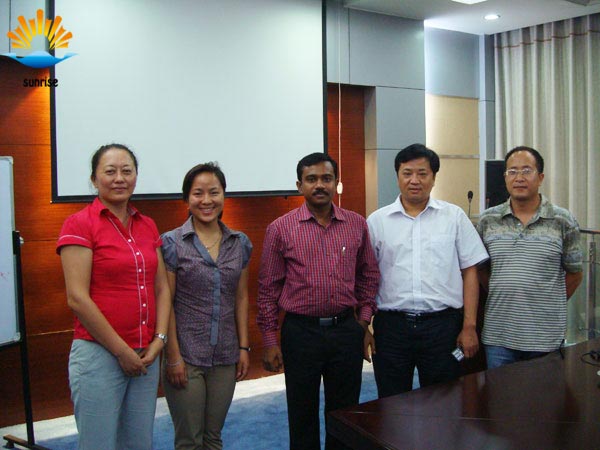
Product List
Success Case
Contact Us
- 0086 371 63838939
- 0086 371 63835539
- sales@sunriserefr.com
- tkfanyi
- No.36 Fengchan Road, Zhengzhou City

News
The Application of Fused Zirconia
- More related products
- Fused Cast AZS Block
- Fused Cast Alumina Block
- Fused Cast High Zirconia Block
- Fused Cast Skid Rail Block
Fused zirconia is not only used in the production of refractory materials, but also other fields. Fused zirconia can be used in the following fields:


(1) The production of refractory materials
Zirconia is mainly used to produce two types of refractory materials. One is refractory materials for continuous casting of steel, especially those made by isostatic pressing. Those products include tundish, ladle liquid outlet and immersion nozzles. It is also used in sliding shutters, especially the center parts exposed to the maximum temperature.
Another is fused cast AZS refractories used in the glass industry. Zirconia has excellent corrosion resistance to molten glass and high temperature resistance. Since there is no reaction zone, there is no stone generated.
These products are made by melting alumina powder and zircon sand in an electric arc furnace. Then the melt is cast into a sand mold or graphite mold and cooled into solids.
AZS refractories are graded according to the content of ZrO2. This grade indicates the corrosion resistance of AZS products. There are three grades: AZS 33# (33% ZrO2), AZS 36# (36% ZrO2) and AZS 41# (41% ZrO2). When producing AZS 36# and AZS 41#, desilicated zirconia is also added to adjust the content of ZrO2.
(2) Investment Casting
It is another major specialized market for zirconia. Those products include aerospace engines, models coated with zirconia, turbine engine blades and golf clubs. Since zirconia can form actual contact with hot metal alloy, it can protect the mold from thermal shocks. So, it is widely used in investment casting.
(3) Dyes and Pigments
In the ceramic industry, the production of sanitary ceramics, tableware, floor tiles and wall tiles requires colored glaze. The glaze containing zirconia can be fired and processed at high temperature. Zirconia can also be used to produce pigments such as praseodymium yellow, vanadium blue and iron coral powder. Baddeleyite is also used for the preparation of ceramic pigments. Metallic pigments are added to monoclinic zirconium oxide or baddeleyite. Then the mixture is milled and baked. After washed, the product is ground into fine powder. The powder is added into ceramic glaze containing silica, alumina and feldspar.
(4) Abrasive materials
Zirconia and alumina are blended into coarse abrasive particles. Then it is made into bonding and coating abrasives of grinding wheels for grinding steel and metal alloys.
(5) Advanced ceramics and special products
For stabilized zirconia, electronic component baking adjustment plate is one important application. Stabilized zirconia is also used in oxygen sensors and fuel cell separator, because of its unique ability to make oxygen ions freely move in the crystal structure at high temperatures. The ion conductance include low-temperature-shift ion conductance makes it one of the most useful electric ceramic material. Chemical grade zirconia is usually used in fused cast products. Other applications include suction pumps and high-value parts, special tools and parts and brake pad linings. Yttria-stabilized zirconia with fully stabilized cubic crystalline phase can be used to produce gemstones as a cheaper alternative to diamond in the jewelry industry.
Leave Message
For more information on any of our products please get in touch using the form below. One of our sales team will respond to your enquiry as soon as possible.

Copyright © 2014 Zhengzhou Sunrise Refractory Co., Ltd. Site Index Product Index












